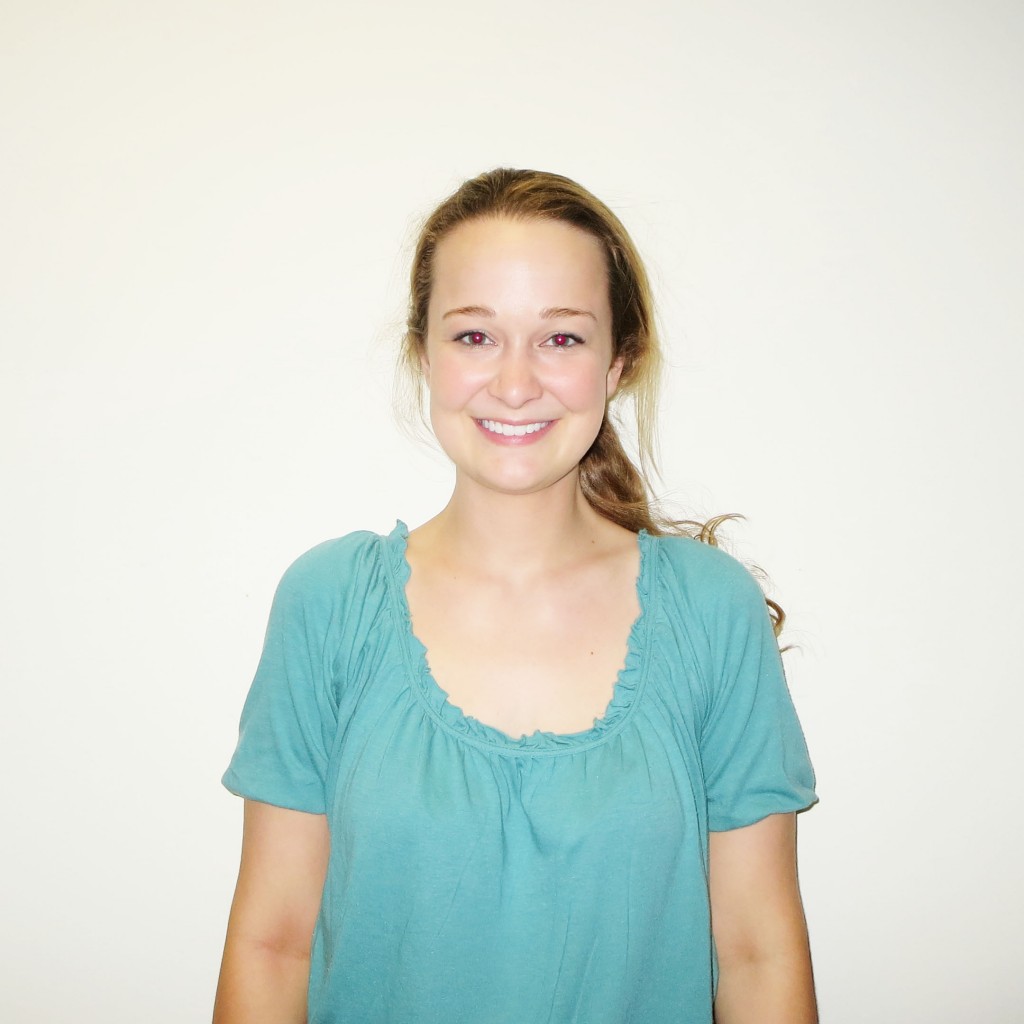 Title: GRAM-SCHMIDT TYPE ALGORITHMS
Title: GRAM-SCHMIDT TYPE ALGORITHMS
Advisor: Pete Brooksbank
 Title: GRAM-SCHMIDT TYPE ALGORITHMS
Title: GRAM-SCHMIDT TYPE ALGORITHMS
Advisor: Pete Brooksbank
Title: How a Mathematician Defeated the Enigma (and a pitch for doing math at NSA).
Abstract:
Have you ever wondered how the German Enigma cryptographic device was defeated in World War II? Come see how a mathematician helped shorten the war by two years, and learn some math and history along the way. You will also have the opportunity to learn about mathematical summer internships and careers at NSA.
Abstract: In addition to their value as pure entertainment, games provide a rich environment in which to prototype ideas meant for application in a variety of fields: mathematics, computer science, and biology to name a few. In this talk I will introduce two games, one involving sticks and one involving stones, both of which are easy to play. Despite their simplicity, the games are remarkably useful: I will use them as an introduction to some important ideas involving the theory of algorithms. In particular, I will introduce the notion of dynamic programming, a general purpose tool commonly used to solve problems involving (biological) sequence alignment. The talk requires no background and is meant for a general student audience.
Title: 49598666989151226098104244512918Abstract: This seemingly random number answers a question investigated by A. Cohn circa 1909, and makes a connection between prime numbers and irreducible polynomials (although the number is obviously not prime itself!). Time permitting, we will discuss other potential connections between prime numbers and polynomials.
Title: A Cohomological Interpretation of the Class Group
Abstract: The celebrated Class Number Formula, which dates from the nineteenth
century, relates the residue of the Dedekind Zeta function of a number
field to the order of its class group, among its other main invariants.
According to the Birch and Swinnerton-Dyer conjecture, one of the
Millenium Problems, there should be a notably similar formula relating the
main arithmetic invariants of an elliptic curve to a certain derivative of
its L-function. One of these is the (conjecturally finite) order of its
Tate-Shafarevich group, which arises from considering the cohomology of
the Galois group acting on the points of the curve.
In this talk we will compare both formulas term by term, focusing on
giving a cohomological interpretation of the class group, which allows us
to match it with the Tate-Shafarevich group.
 Title: From Congruent Numbers to Modular Forms
Title: From Congruent Numbers to Modular Forms
Abstract: A positive integer is called a congruent number if it is the area of a
right triangle with rational sides. The problem of giving a criterion for
deciding if a number is congruent has been open for hundreds of years. The
best answer known was given by Tunnell in 1983, using many deep results
from modern Number Theory. His work will give a completely satisfactory
answer, once the Birch and Swinnerton-Dyer conjecture gets proved.
In this talk we will introduce, in a way as friendly as possible, the main
ingredients needed to understand Tunnell’s result: elliptic curves,
modular forms, and some deep theorems concerning them.
Title: Piecewise Deterministic Markov Processes and Metal Grain Coarsening
Abstract: In material science, individual metal grains obey surprisingly simple rules. However, geometric considerations can create difficulties when attempting to analyze the bulk properties of metals. In this talk, we’ll describe a mean field model using piecewise deterministic Markov processes which converts the geometric problem of grain evolution to one of analysis and stochastic processes. In particular, we’ll show that densities of grains approach a law of large numbers described by a partial differential equation.
Title: How Analytics Professionals Make the World Go Round
Abstract:
It’s hard to open a business magazine, walk through an airport or even participate in an executive meeting and NOT see or hear reference to analytics. Recognized as the currency of business, mathematics or analytics are empowering decision-making at new levels. A trend that started with CIOs is spreading throughout the C-Suite – Everyone wants ANALYTICS!
What exactly are these analytics professionals doing? What types of real-world problems are they solving? Are they actually applying the math, statistics and operations research tools they learned in their courses? What other skills or certifications do they have? What opportunities are there for graduate studies in analytics?
Hear from Anne Robinson and John Williamson of Verizon Wireless. Anne Robinson holds a Ph.D. in Industrial Engineering from Stanford University and served as President of INFORMS, the largest professional organization for both practitioners and academics in the field of Analytics/Operations Research. John Williamson holds a M.B.A. in Supply Chain Management from Penn State University. There will be an opportunity to speak with the presenters following the talk.